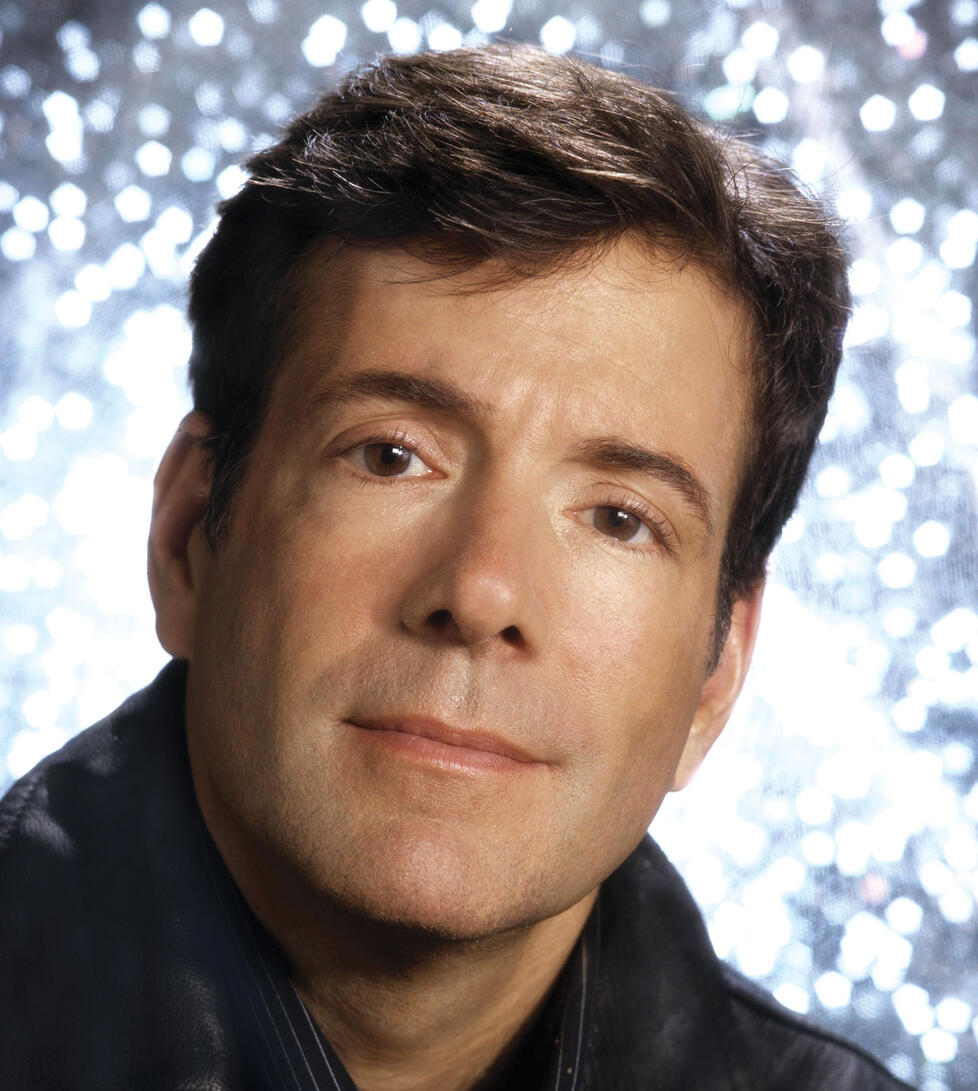Mining Einstein’s theory
Mark Alpert ’82 pens scientific thriller in which physicists are heroes
When the theories of quantum mechanics emerged in the 1920s, it quickly became clear that they posed a problem for physics. The theories contained strange notions of duality and indeterminacy: the idea that light could be both particle and wave, and in two places at once. And though the theories did a good job of explaining small things — the forces at the level of the elementary particles — they did not jibe with the force acting on a big scale: gravity.
Albert Einstein, fresh from explaining gravity with his elegant theories of general relativity, believed the two arenas could be reconciled, and obsessively went after a solution — but to no avail. “He just kept at it, with one attempt after another,” says Mark Alpert ’82, an editor at Scientific American magazine and an astrophysics major at Princeton.
Alpert uses that history as the premise for his new novel, Final Theory, published by Touchstone Books in June. What if Einstein had discovered a theory that unified all of the fundamental forces in the universe? And what if the implications of that theory so threatened the world that he had to hide it?
The thought experiment sets in a motion a scientific thriller, a find-the-theory-before-the-bad-guys chase that pits the hero, a historian of science and former student of one of Einstein’s protégés, against FBI agents and a ruthless mercenary who wants to use the theory to create a weapon more deadly than the atomic bomb.
The paper Alpert co-wrote for his senior thesis, on the nature of gravity in a two-dimensional flatland, makes an appearance in the story as a hint to Einstein’s theory of everything.
Like his hero, Alpert has a passion for science that was fulfilled only after leaving it. Alpert traded astrophysics for poetry, earning an M.F.A. at Columbia University. Eventually he wound his way back to science as a writer for Scientific American.
If nonscientists think physics is dull and deadly serious, Alpert’s novel provides a jolt. The body count rises quickly as the physicist-heroes, red-blooded and salty-mouthed, lurch from one crisis to the next, with no pocket protectors in sight.
Alpert points out that the chaos isn’t too far from the truth: Many physicists led flamboyant, messy lives. Even Einstein’s grandfatherly image is belied by a far more checkered history: He gave up a daughter for adoption, and left his first wife so that he could marry his cousin. “He would start fights; he would storm off,” says Alpert.
Even if Einstein never found a shining, orderly theory for everything, Alpert’s novel offers an exploration of the dark, disorderly side of physics. Perhaps it represents Alpert’s own unified theory. “I have this view of human nature,” he says, “that there’s a lot of messiness in the world.”
Eric Hand ’97 is a reporter for Nature.













No responses yet